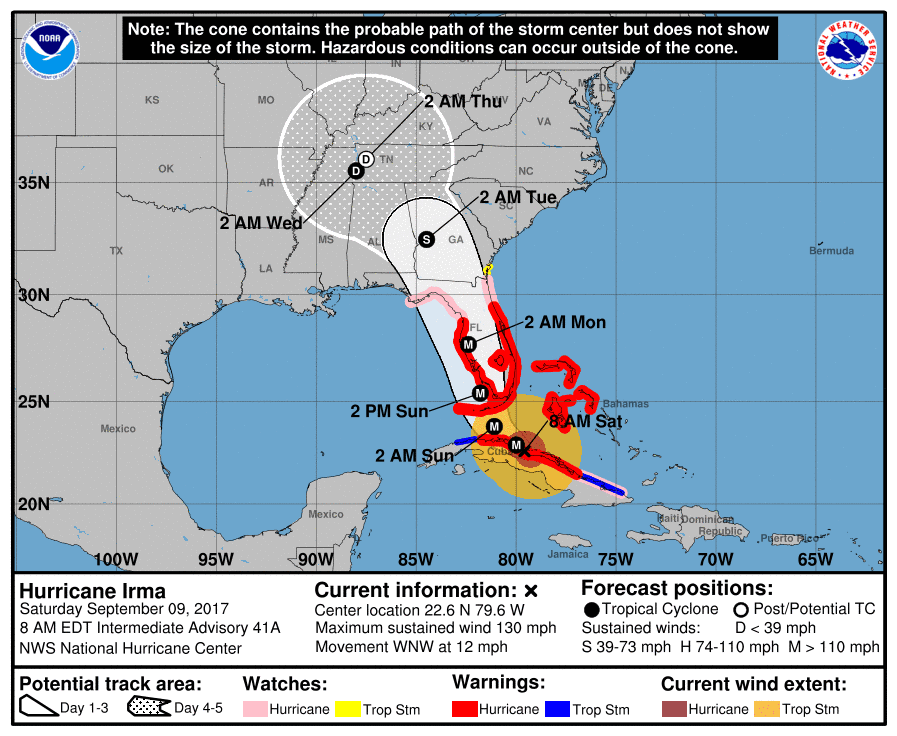Sometimes it’s not all it seems to be.
I think this is a heck of a concept, but unfortunately it isn’t quite as simple as it seems. Checking to see just how big a tank you can get (they get lots bigger), I find a couple of gotchas in this cunning plan:
“This tank must remain 1/4 full at all times when buried in the ground.”
“MAXIMUM BURIAL DEPTH – 24″” from the top of the tank.”
The larger tanks also have a lot more of piers in them. This is another problem, because with the larger sizes someone will have to go inside to pass up the goodies. It may get awkward in there.
You can work around the 1/4 full thing just as one works around the structural limitations of a shipping container if you bury one. The 2′ depth limit doesn’t give you enough cover if you were hoping to use one as an underground shelter in case of a nuclear event. Still, the small tanks, 200-300 gallons, would hold a lot of stuff and can be buried with only a small excavator. For a lot of people in remote areas, who have that sort of gear, that means no one other than them that buried it knows much of anything about it.
I think this has some potential to it. But as with anything on the Intertubz (including my meanderings), do your homework first.



This is probably a stupid question, but couldn't a fully clad aluminum type of garage act as a barrier of radioactive fallout from collecting near the tank in the 1st place? Keeping distance away from the walls would be the priority, right ? Or am I completely full of crap ?
I seem to recall plans for sailing boats to have shower head units installed in case of a radioactive event (PC language for 'Oh crap – someone lit one up for realzz !) so that rinsing of materials from the deck to the bottom of the water was accomplished. I was thinking this works the same way with the outside skin of building.